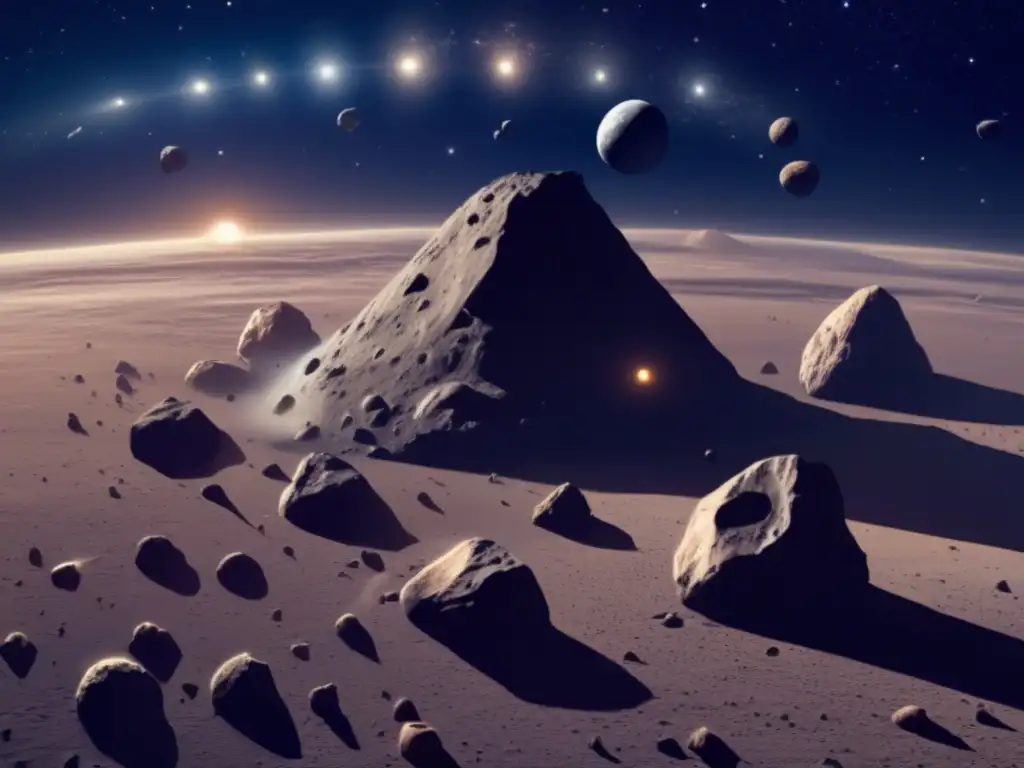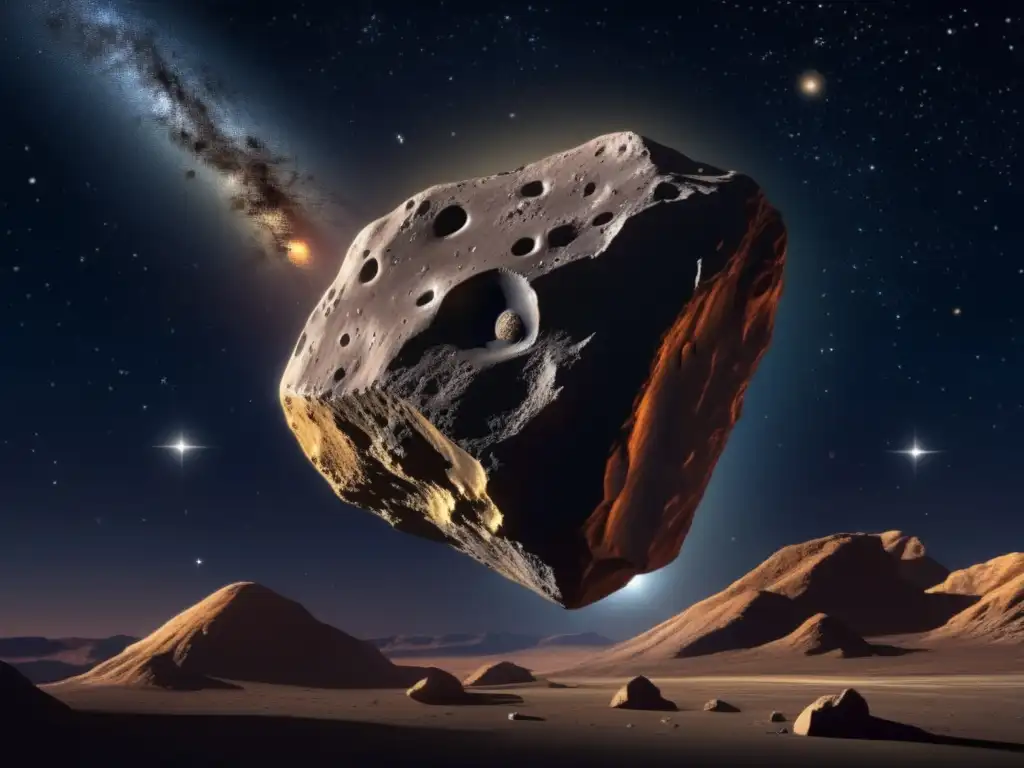A Closer Look At Asteroid Antilochus

Introduction
Asteroids are celestial bodies that orbit the Sun and are composed of rock, metal, and other elements. They vary in size, shape, and composition, and their study provides valuable insights into the formation and evolution of our solar system. In this article, we will take a closer look at a specific asteroid: Antilochus.
Origin and Discovery

Early Observations
Antilochus was first discovered on September 9, 1998, by French astronomer Eric Walter Elst at the European Southern Observatory in La Silla, Chile. It is classified as a main-belt asteroid, meaning it orbits the Sun within the asteroid belt located between the orbits of Mars and Jupiter.
Naming and Mythological Significance
The naming of asteroids often follows certain conventions. Antilochus is named after the character Antilochus from Greek mythology. He was a warrior who fought in the Trojan War and was known for his bravery and swift chariot driving skills. The choice of this name reflects the asteroid's characteristics, as it moves swiftly through its orbit.
Physical Properties
Antilochus has an estimated diameter of approximately 26 kilometers and an albedo of 0.171. The albedo refers to the fraction of sunlight a celestial object reflects. It indicates that Antilochus has a relatively reflective surface compared to other asteroids.
Composition and Spectral Analysis

Spectral Type
Through spectral analysis, scientists can determine the composition of asteroids. Antilochus belongs to the X spectral class, which indicates a high metal content. This classification suggests that the asteroid contains minerals such as iron and nickel.
Mineralogy
Further analysis of Antilochus's spectra reveals the presence of mineral groups such as olivine and pyroxene. These minerals are common in rocky bodies and provide insights into the asteroid's formation and geologic history.
Other Properties
In addition to its composition, Antilochus's rotational period is approximately 6.8 hours. This relatively fast rotation may indicate an irregular shape or asymmetry within the asteroid, possibly caused by impacts or tidal forces.
Asteroid Families and Dynamical Evolution

Membership in Themis Family
Antilochus is part of the Themis family, one of the largest asteroid families in the main belt. Asteroid families are groups of asteroids that share similar orbits and are believed to have originated from a common parent body. The identification of Antilochus as a member of the Themis family provides important insights into the asteroid's dynamical evolution.
Collisional History
The presence of families like Themis suggests that collisions between asteroids were common in the early solar system. These collisions caused fragmentation and created the diverse population of asteroids we observe today. By studying the dynamics and collisional history of asteroids like Antilochus, scientists can better understand the processes that shaped our solar system.
Future Exploration Opportunities
As technology advances, there is growing interest in exploring and studying asteroids up close. Missions like NASA's OSIRIS-REx and JAXA's Hayabusa2 have already successfully visited asteroids, collecting valuable samples and data. While there are currently no specific plans to visit Antilochus, it remains an intriguing target for future missions.
Frequently Asked Questions

-
What is the size of asteroid Antilochus?
Asteroid Antilochus has an estimated diameter of approximately 26 kilometers.
-
What is the significance of Antilochus's spectral type?
The X spectral class suggests a high metal content in the asteroid, indicating the presence of minerals such as iron and nickel.
-
Is Antilochus part of any asteroid family?
Yes, Antilochus belongs to the Themis family, one of the largest asteroid families in the main belt.
-
Does Antilochus have any potential for future exploration?
While there are no current plans to visit Antilochus specifically, future missions may target similar asteroids for closer study.
-
How fast does Antilochus rotate?
Antilochus has a rotational period of approximately 6.8 hours.
Conclusion
Asteroid Antilochus provides a fascinating window into the ancient history and composition of our solar system. Its naming after the mythological character highlights its swift motion, reminiscent of Antilochus's chariot driving skills. Through detailed observations, scientists have gained valuable insights into Antilochus's composition, spectral properties, and membership in the Themis family. Further study of asteroids like Antilochus will continue to expand our understanding of the solar system's formation and evolution.
We encourage readers to share their thoughts in the comments section and actively engage with www.asteroidrealm.com by subscribing, sharing articles on social networks, and participating in related discussions. Thank you for your time and attention.
Additional Resources

For further reading on asteroids, their composition, and their significance in our solar system, please visit the following resources:
- NASA Asteroid Webpage
- NASA Jet Propulsion Laboratory - Asteroid Watch
- International Astronomical Union - Small Bodies
 Asteroid Neoptolemus: A Comprehensive Analysis
Asteroid Neoptolemus: A Comprehensive Analysis Discovering The Fascinating Features Of Asteroid Eurypylus
Discovering The Fascinating Features Of Asteroid Eurypylus The Unique Characteristics Of Asteroid Polypoetes
The Unique Characteristics Of Asteroid PolypoetesIf you want to discover more articles similar to A Closer Look At Asteroid Antilochus, you can visit the Asteroid Profiles category.
Leave a Reply

Articulos relacionados: